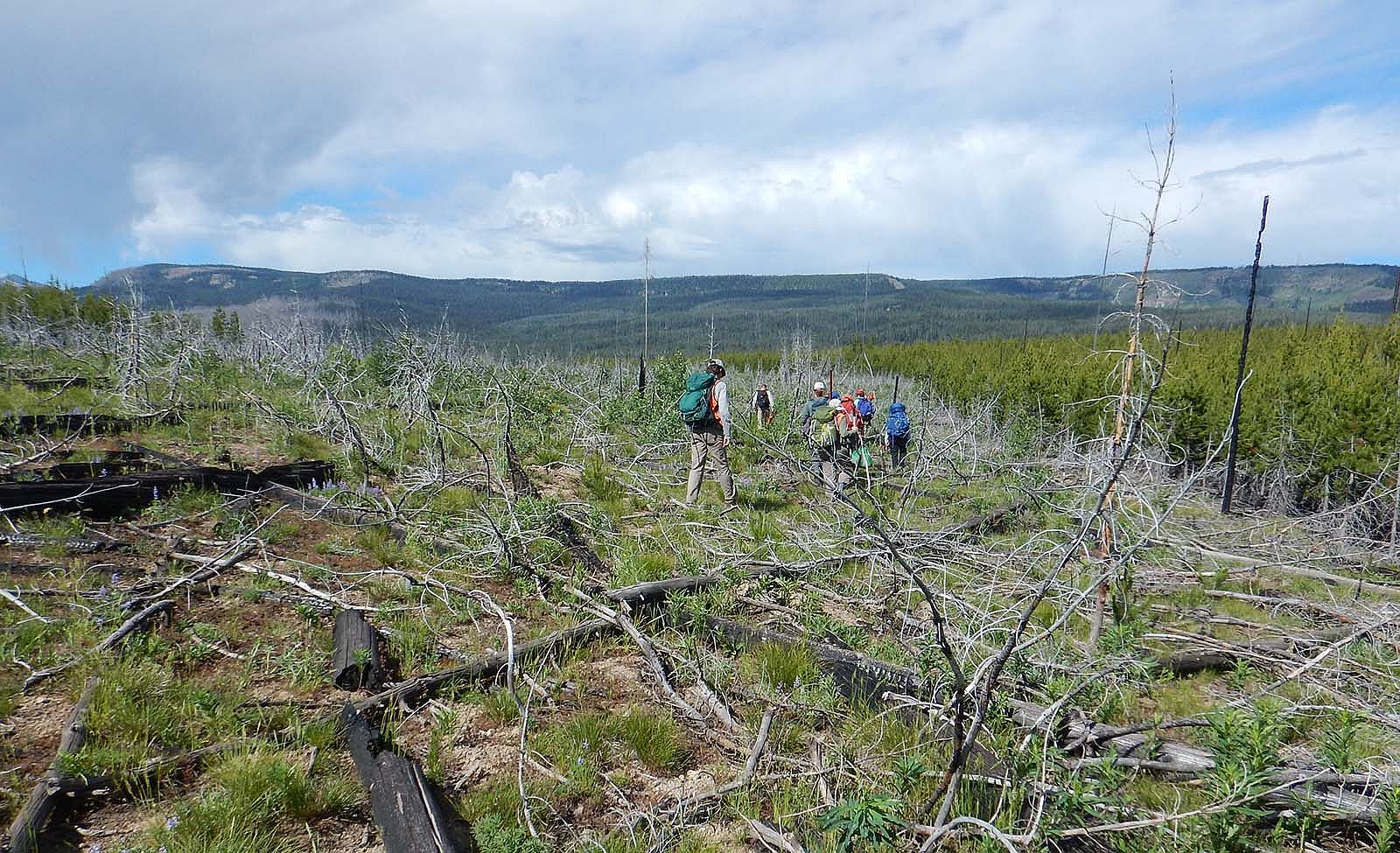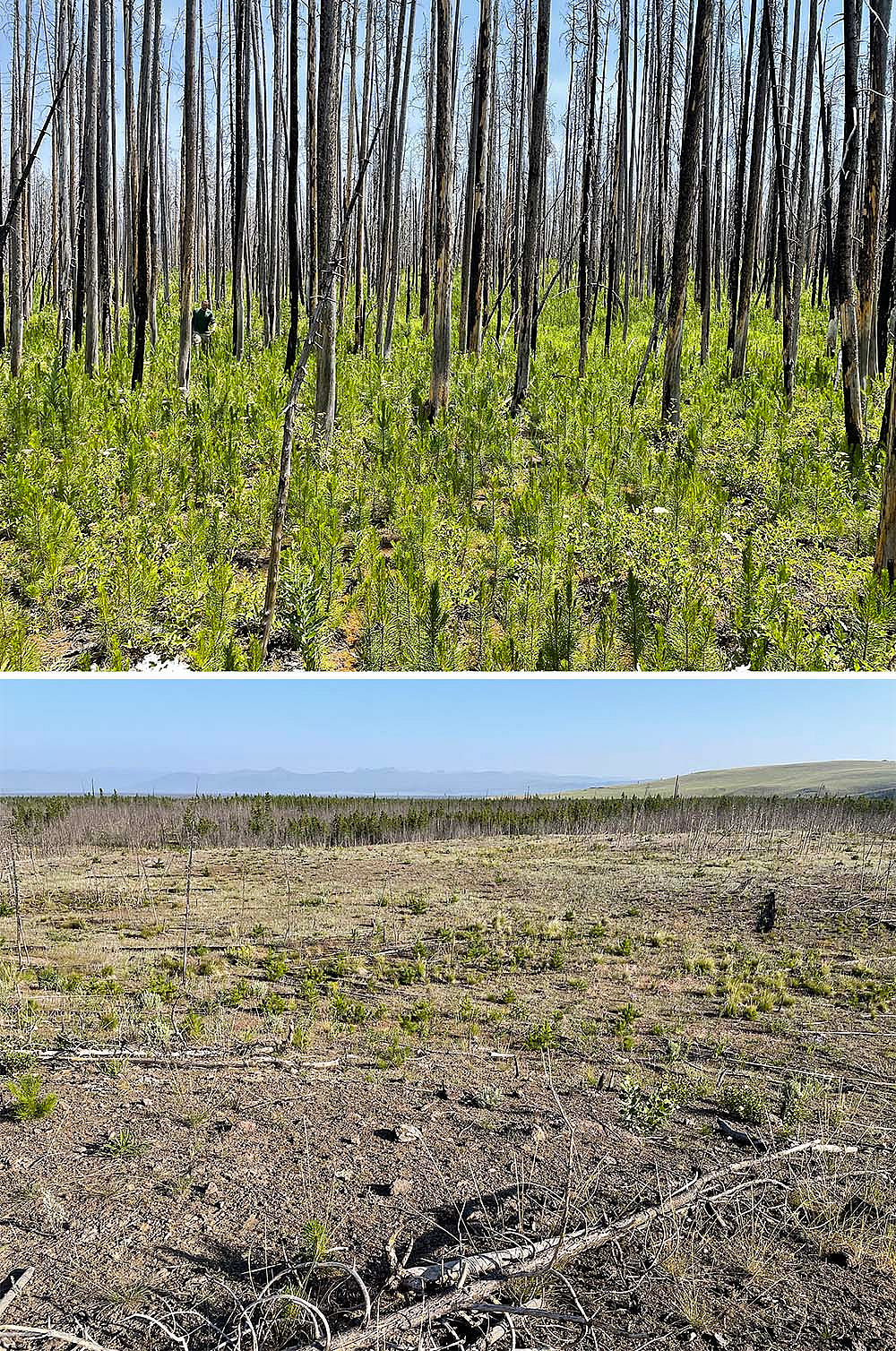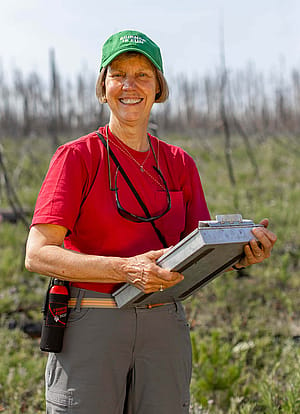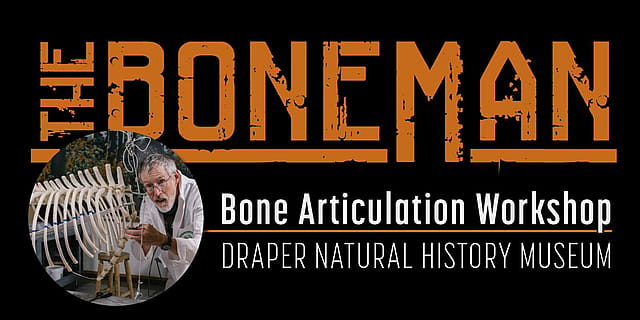
- This event has passed.
The Future of Yellowstone Forests
July 6, 2023 @ 12:00 pm - 1:00 pm MDT

The Future of Forests in Greater Yellowstone in a Warmer World with More Fire
By Monica Turner
July 6, 2023
Noon–1 p.m.
Free
Join us for our July Lunchtime Expedition, The Future of Forests in Greater Yellowstone in a Warmer World with More Fire, presented by Monica Turner.
The in-person talk takes place in the Center’s Coe Auditorium, with a virtual option available.
If you prefer to join us online, you may register in advance via Zoom webinar: https://us02web.zoom.us/webinar/register/WN_0mfnAc9PSvOQfmfdT5ZW8Q
After registering, you will receive a confirmation e-mail containing information about joining the webinar.
About the presentation
Forests form the backbone of Greater Yellowstone, and natural disturbances have shaped its landscapes for thousands of years. Large, infrequent, stand-replacing fires burned at centuries-long intervals, and outbreaks of native bark beetles altered forest structure during intervening decades. Even the massive 1988 Yellowstone fires, which burned ~709,000 hectares during the driest summer on record, were no ecological catastrophe. Despite astonishing size and severity of the fires, native plants, animals, and ecosystem processes all recovered rapidly and without human intervention.
Now, however, the future of Greater Yellowstone is uncertain. Warming temperatures and drier summers may drastically shorten fire-return intervals; high-severity fires that burned at 100–300-year intervals throughout the Holocene are projected to occur much more frequently during this century. Postfire forest recovery will be disrupted as seed supply dwindles in the face of more frequent large fires, and tree seedlings will be less likely to germinate with harsher climate conditions.
If climate change continues unabated, forest cover will likely shrink by 50 percent during the 21st century, and remaining forests will be young and sparse. Landscapes of Greater Yellowstone are likely to be re-shaped in the future, but this natural laboratory will remain a scientific treasure that continues to teach us about how intact ecosystems adapt to environmental change.


About the speaker
Monica Turner is the Eugene P. Odum Professor of Ecology and a Vilas Research Professor in the Department of Integrative Biology, University of Wisconsin-Madison. She has studied fire, vegetation dynamics, nutrient cycling, bark beetle outbreaks, and climate change in Greater Yellowstone for more than 30 years, including long-term research on the 1988 Yellowstone fires.
Turner is a past-president of the Ecological Society of America (ESA); recipient of ESA’s Robert H. MacArthur Award and Eminent Ecologist Award, and the Franklin Institute’s Benjamin Franklin Medal in Earth and Environmental Sciences. She is a member of the U.S. National Academy of Sciences. She earned her BS in Biology from Fordham University and her PhD in Ecology from the University of Georgia.
Upcoming Lunchtime Expeditions
• August 3: Dinosaur Paleontology in the Bighorn Basin
• September 7: To be announced
• October 5: To be announced
• November 2: To be announced
• December 7: To be announced

